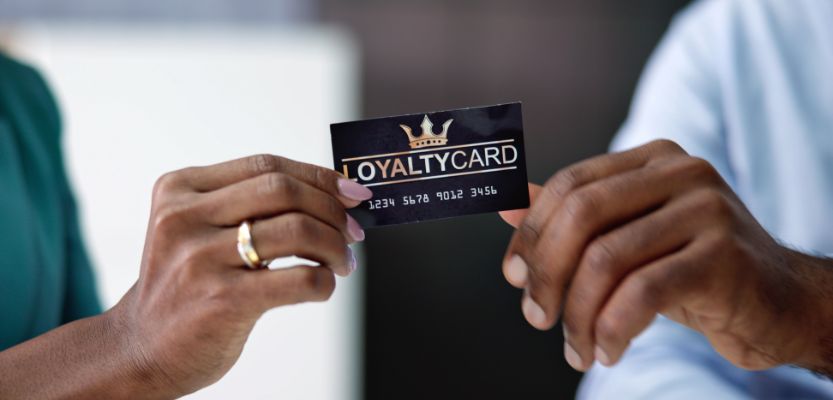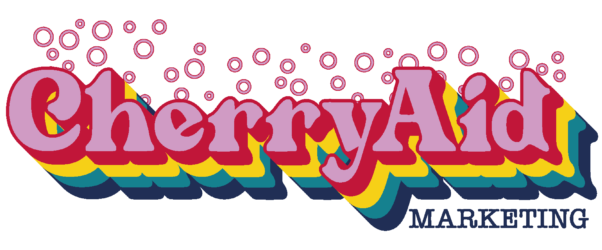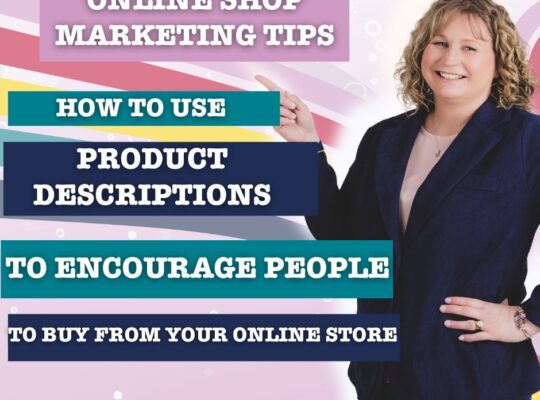In today’s challenging world of retail, is the question on your mind: How can I get my products flying off the shelves? Whether you’re an established high street retailer, a new ecommerce brand, or a manufacturer looking to expand your market, the right marketing strategy is going to be crucial to your success. But what marketing strategies are used to sell products? From the bustling high street to endless digital retailers, the tactics to attract and retain customers are varied. Here are some of the most effective marketing strategies used to turn browsers into customers.
Understand your audience: who are you talking to?
Before a business delves into the world social media posting, influencers and email marketing, a strong marketing strategy understands exactly who the potential customers are. Really getting to know who a strategy is selling to, what they like, what they need and where they hang out online can really help focus a marketing strategy.
Content marketing: it’s not just about selling

Content marketing isn’t all about ‘sell, sell, sell’. It’s about creating and sharing content that is genuinely valuable to the audience. Content which is useful and that an audience can engage with. Blog posts, videos, how to guides or even podcasts are all content marketing. This is about building a relationship with customers.
By providing content which educates, entertains or solves a problem, content marketing can build trust with an audience. It’s so effective as people are more likely to buy from a brand or business they feel connected to.
When you plan your content strategy, think about your customer’s needs and interests. What questions are they asking? What problems do they have and how can you solve them? Creating content which addresses these will keep your brand at the forefront of customers’ minds. And when they’re ready to purchase, they’ll come to you!
Social media marketing: not just posting

And of course, the blogs, videos, guides etc. that have been identified in a content strategy can be used on social media. Social media marketing helps connections with customers and builds a brand.
Social media is meant to be fun – whether it’s Reels on Instagram, TikTok videos, Facebook or LinkedIn posts that are being created. What is created is important though. It isn’t about sticking something out there for the sake of it. Social media needs customers to engage with it and it needs to help you to achieve your goals.
And a massive part of social media marketing is that engagement. Not just what customers respond to.
Here are a few tips to encourage engagement on social media:
- Reply to comments and ask a question to keep the conversation going.
- Create a poll for people to answer
- Comment on other posts and be part of or create conversations that align with the industry. It can attract more people to follow a page.
- Put links in the comments rather than the post (social media sites will show content to less people if there’s a link which takes them away from the platform).
- If someone shares a story from your business, thank them in a direct message. Start a conversation so they get to know more about the brand. They’ll become advocates for the business in the long run.
Would you like to know how visible your marketing is? Take this free quiz for a check in on how your marketing is being seen.
Email marketing: keep in touch with customers

When I am asked ‘what marketing strategies are used to sell products?’, nine times out of ten I will recommend email marketing. It has the best return on investment, and much better engagement than social media. Email is everywhere – there are expected to be 4.48 billion email users in 2024.
From a customer perspective, this is how a one-to-one relationship can be built. Because although emails are sent to many addresses, they reach an individual’s inbox. They’re getting to know the business and the brand. Emails can be about new products or offers, and contain useful and helpful information. Customers are more likely to make a purchase when they’re ready if they understand a business. So regular emailing is very worthwhile.
If you want to get the right audience on to your email database, you can use a lead magnet. You can read more about what lead magnets are here. And if you’d like to know how to create one, there’s some useful tips here.
SEO and SEM: being visible through search engines
Search engine optimisation (SEO) and search engine marketing (SEM) is an important part of marketing. If it’s not part of a marketing plan, then it needs to be. SEO and SEM is all about making sure your products are easy to find online, either through organic search or paid advertising. Here’s an explanation of the two:
SEO: for organic ranking
To rank highly in organic (not paid) search engine results, a website needs to be optimised. The higher a website ranks, the more likely people are to find it. Key elements of SEO include using relevant keywords, creating high-quality content, having a mobile-friendly website and improving the site speed. This part of the marketing strategy is a long-term plan, but it’s incredibly effective for online presence and credibility.
SEM: visibility through paid ads
Often referred to as pay-per-click (PPC) ads, SEM involved paid advertising. These are the ads that are displayed at the top of search engine results pages. SEM gets immediate visibility for products or a brand as they bid on keywords and ads will appear when those keywords are searched. SEM can target specific demographics, locations and even time of day, making advertising highly focussed and efficient.
Influencer partnerships: powerful and impactful

Influencers are individuals who have significant following and credibility within a niche. Brands use influencer partnerships to tap into new audiences in an authentic and engaging way. Whether they’re on TikTok, Instagram or YouTube, influencers help to sway opinions and encourage purchase decisions.
If you are considering influencer marketing, make sure you partner with influencers whose audience aligns with your target audience so that your products are shown to the right people. They also need to be genuinely interested for the content to be authentic. Remember it’s not about being seen by the masses – it’s about whether a product is relevant and whether customers have trust in it.
Customer feedback: building trust with reviews
Customers are more and more wary of what is being offered to them. So having genuine, transparent customer feedback and reviews are gold. They give businesses what we call ‘social proof’ which reassures customers about the quality and trust worthiness of your products and business.
Encouraging customers to leave feedback should form part of a marketing strategy. The way negative reviews are addressed also speaks volumes to customers, so it is important to have a plan as to how these will be handled.
Loyalty programs: rewarding good customers

When selling products, the ideal scenario is that customers return and make further purchases. Loyalty programs encourage repeat business. By offering rewards, discounts or exclusive perks, returning customers are incentivised to make further purchases and build a stronger connection with brands.
If you are thinking of putting a loyalty program into place you could consider points-based systems (like Tesco Clubcard) or tiered memberships (like Marriott Bonvoy). Make the program attractive to incentivise customers to sign up and keep coming back. Turn your occasional buyers into loyal fans.
What marketing strategies are used to sell products?
I hope that above gives you some pointers about what strategies are used to sell products. And I hope you’ll implement some of them.
Remember, every business is different, so what works for one might not work for another. It’s all about testing and learning what resonates with your audience. Let me know how you get on and ask any questions you have.
And if you need help with your own marketing strategy for your products, please get in touch as I would love to help.







